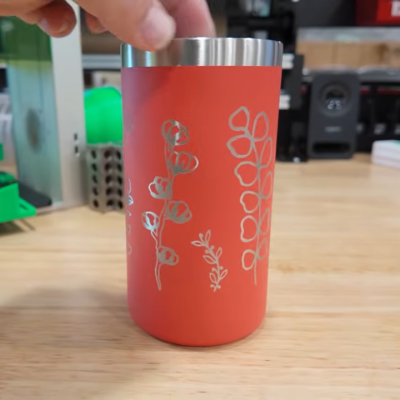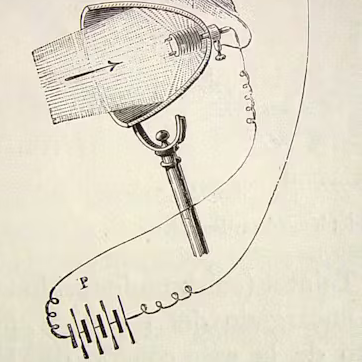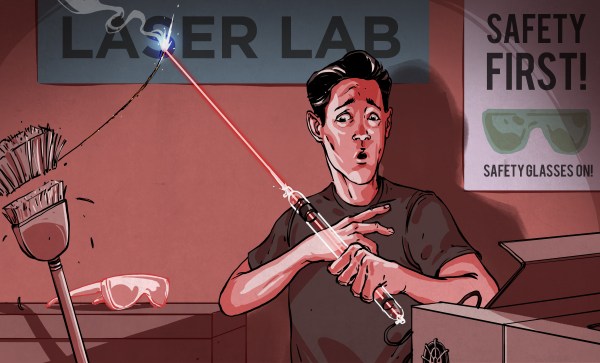
After [Ross] from FauxHammer miniature model fame got lured into reviewing laser engravers and similar via the Bambu Lab H2D’s laser module, he found himself getting slightly nervous about the whole ‘safety’ aspect of these lasers. After all, lasers can not only light stuff on fire, but it’s a well-known fact that even reflected laser light can be sufficient to cause permanent damage to your retinas. Or worse.
Since your eyes generally do not regenerate, it makes sense to get caught up on laser safety before turning on one of those plentiful-and-increasingly-affordable home laser systems for engraving and/or cutting.
While the issue of stuff catching on fire is readily solved by having a good CO2 extinguisher – and plan B options – at the ready, for safety glasses it’s significantly more complex. There’s not just the issue of finding glasses that block the wavelength of the laser system that you are using, but also with the right optical density (OD) rating. Every mm of the safety lens material can attenuate a certain amount of laser light at the given wavelength, so the OD rating of your laser safety goggles need to match the laser’s power output level, or you might be living with a false sense of security.
Finally, there is the issue of the smoke and fumes produced by these lasers as they obliterate the target material. Much of what is in this smoke you do not want to breathe in, even ignoring long-term dust and VOC exposure issues, so having a solid fume extraction setup and PPE as necessary are absolute necessities. As [Ross] puts it, you don’t want to breathe in the smell of regret today, for your future self to reflect on a decade from now.
Work safe, work smart, don’t become the subject of a laser safety PSA.
Continue reading “Fire Extinguishers, Optical Density Ratings And Safely Using Home Lasers”



















